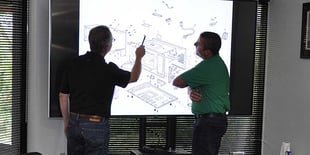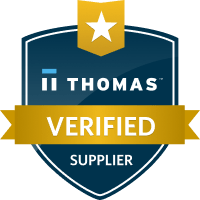How to Measure and Reduce Total Cost of Ownership (TCO) with Make vs. Buy

Written by Hans Dittmar
Accurately measuring and reducing the Total Cost of Ownership (TCO) is crucial for manufacturers. This guide explains how to identify and minimize these costs through strategic outsourcing. Partnering with experts like GMI Solutions can help OEMs streamline processes, improve product quality, and speed up time to market.
Introduction
OEMs face global challenges: shrinking profit margins, evolving technology, and customer demands for more value. OEMs must adopt new strategies that reduce risks and cut costs to stay competitive.
Key Elements of TCO
TCO includes three main components:
- Direct Costs: These are easily trackable and include program management, engineering, manufacturing, and quality assurance. Outsourcing can help reduce these costs through economies of scale and greater bargaining power in supply chains.
- Indirect Costs: Often hidden, these include time-to-market delays, supply chain management, training, and technology adoption. GMI Solutions can reduce these costs by leveraging its expertise to bring products to market more efficiently.
- Risk Factors: Risks like supply interruptions, demand fluctuations, and legal issues can be costly. A strategic partner like GMI Solutions can help manage these risks, reducing material handling costs and ensuring regulatory compliance.
Download our PDF below and review the details to make sure things add up!




